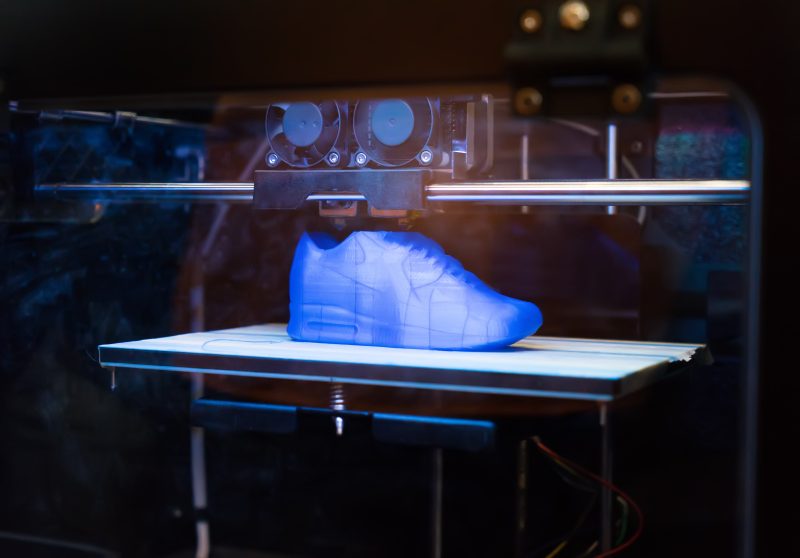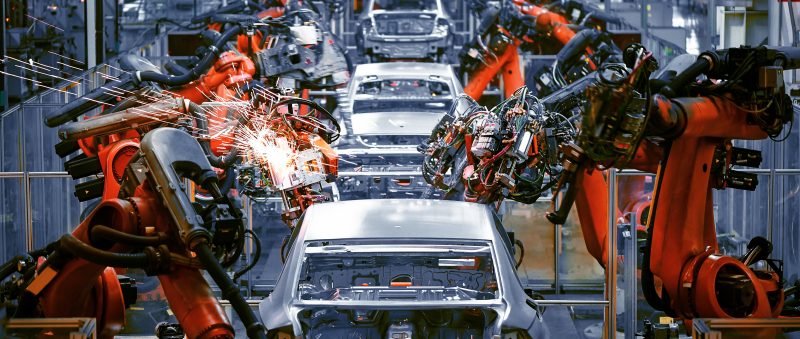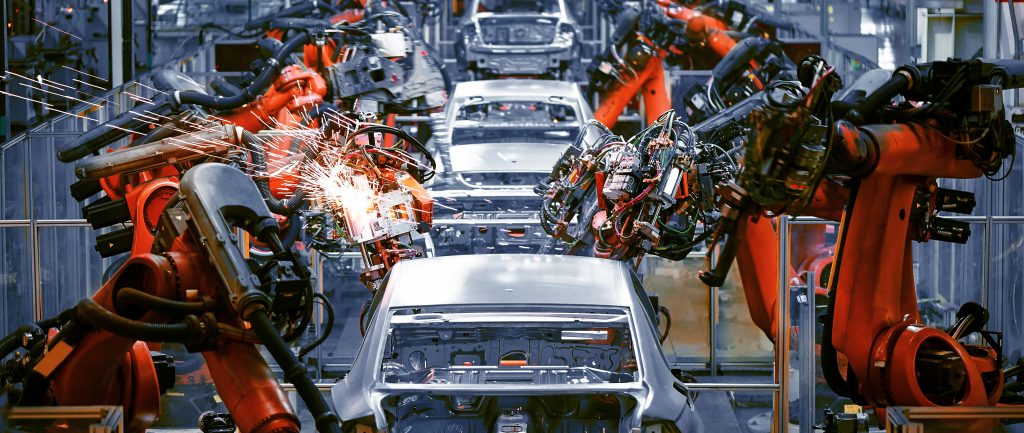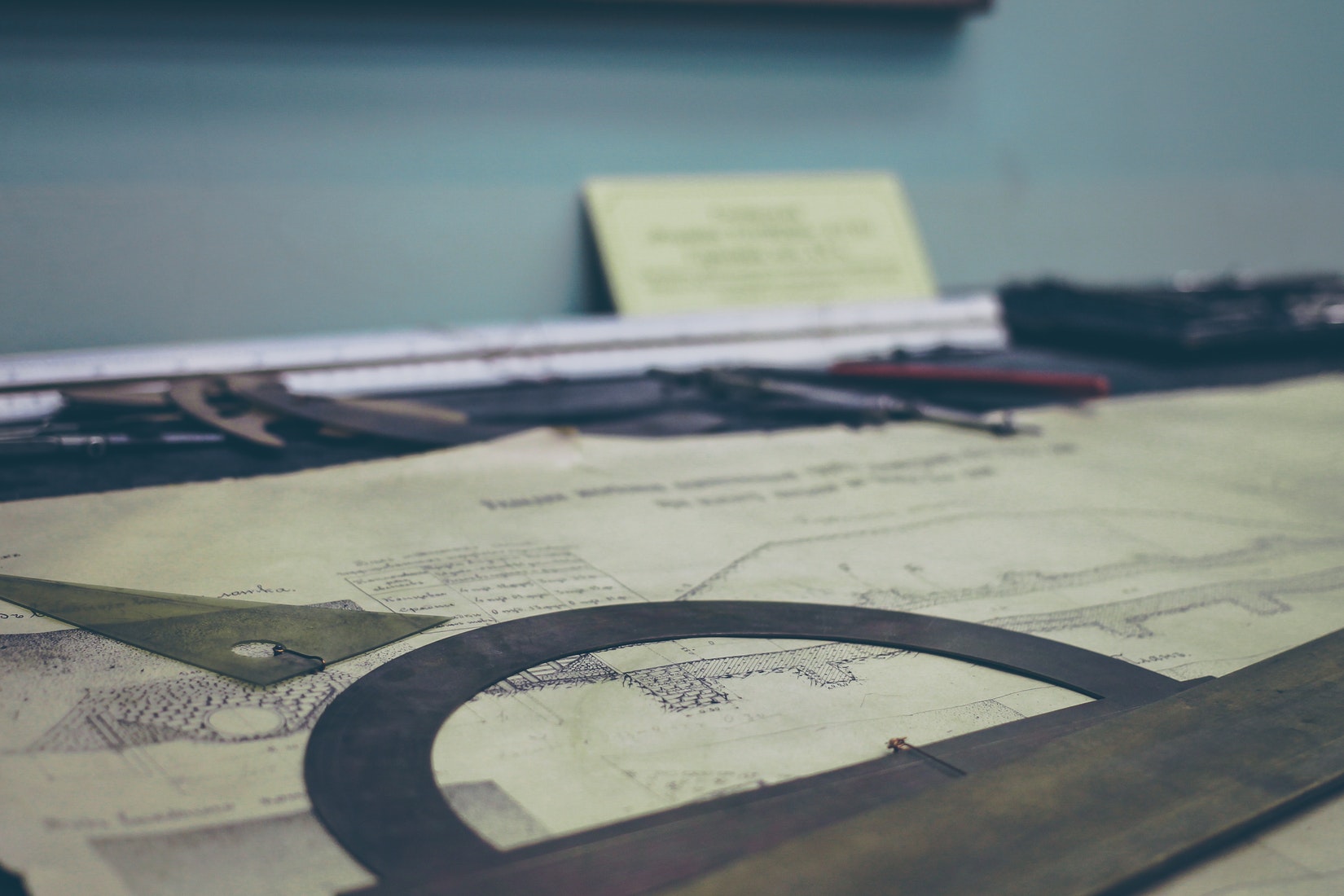3D printing is one of the latest and most innovative technological developments in the manufacturing industry today. It is taking the world by storm and even replacing traditional manufacturing processes in some areas. Historically, manufacturing starts with a pre-formed mold to make an object. Alternatively, it can start with a solid object whose shape is then altered through removal. For example, ancient gun barrels and bullets were by produced by pouring molten metal into a mold shaped like the barrel or bullet. Even today, many metal tools and polymer products are made via the molding process. Think about Mount Rushmore, the national monument in Keystone South Dakota. It was created by artfully chipping away at mountainside granite rock to create the likenesses of four historic American presidents.
3D print manufacturing is different. This method is already being used in a wide variety of applications, but many people have little to no knowledge of what it is or how it is being used. If you’ve seen the movie Star Wars Episode 2: Attack of the Clones, you might remember the quote by metal android C3PO: “Machines making machines… How perverse!”
How Does It Work?
In general, 3D printing begins with a virtual 3D image of a model. The image is then used to create an exact replica of the model. This is performed by printing (constructing) one thin layer at a time—from bottom to top—using the 3D image as a guide. Using this process, there is no need for either a mold or for the removal of excess material. In fact, if done perfectly, there is no need for the additional treatments such as polishing, sanding, etc., that are usually part of the traditional manufacturing process.
Now this, of course, is an oversimplification of 3D printing.
Let’s Try An example
An example might be the best way to explain the process. Let’s say you have a blue clay cup you want to produce. The first step is that you need a 3D image of the cup that can be downloaded into a computer. In practice, images would be made of the cup by deconstructing the cup into small layers, from top to bottom.
[Think of it as slicing a loaf of bread in very thin slivers. This slicing allows the computer to ultimately take a virtual 3D image of the entire loaf of bread. Instead of having an image of only the surface, you now can see all the holes and contours associated with the inside of the loaf. This is your 3D image.]
Back to the cup. Using this 3D image, each of the images (slices) are downloaded into a computer associated with a print machine. The print machine can be best described as a pen, waiting to draw the image. The main computer would then feed each cross-section image of the cup to the printer. A blue clay solution would be fed into the printer (much like the ink into a computer printer). A human operator would press the “print” button… and voila! The printer would start making a copy of the blue cup, thin layer by thin layer, based upon the 3D images.
Before long, you have an identical cup, made perfectly by a printer. Of course, the process is a little more complicated than that… In reality you would have to cool the clay after each layer so as not to end up with just a big blob. But this is what 3D printing is doing.
How Did We Get Here?
Charles Hull is credited with creating 3D printing in 1984. Although, some might credit Hideo Kodama of Nagoya Municipal Industrial Research Institute. Kodama came up with the initial idea of creating solid print modes, based upon layers using polymers, and published his work in 1981. Even still, Charles Hull is considered the grandfather and creator of modern-day 3D printing. And since 1984, 3D printing has grown into a multibillion-dollar industry.
In 2018, according to the Wohlers Report, in 2018 the 3D print industry exceeded $7.3 billion. In fact, from 2016–17 the industry saw an 80% surge in 3D printers sold… And this market is only expected to continue to grow.
One of the biggest benefits of 3D printing is the ability to quickly produce prototypes of an early design product at minimum expense. Another advantage is the ability to manufacture certain items domestically instead of relying on international companies. For example, replacement parts could be created in a local warehouse as opposed to being shipped from overseas. Another benefit is the ability to manufacture items with a minimum of materials and virtually zero waste. The 3D printer prints exactly what it is told—nothing more, nothing less.
Endless Applications
3D printing is already being used in a wide variety of industries including aerospace, airlines, automotive industries and jewelry. Sneaker companies are using the technology to produce early test prototypes. And the food industry is using it to create innovative food products and even candies in shapes that could never be achieved by hand.
A most interesting application of 3D printing is in medical applications. The FDA has already approved several types of products manufactured using 3D printing, including orthopedic implants, surgical instruments and external prosthetics. And researchers are even exploring creating organs and body parts such as eyes, ears, hearts and skin using 3D technology.
Lastly, 3D printing is used in the construction of houses and buildings. Yes, foundations of houses are being “printed” using cement. Builders believe that this may save both time and resources and reduce waste.
The future is upon us… And computers, machines and 3D printing are literally “laying the foundation” for great improvements.





